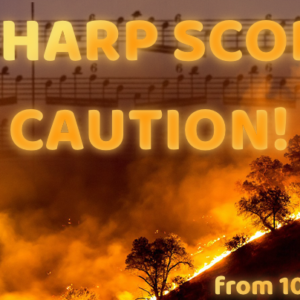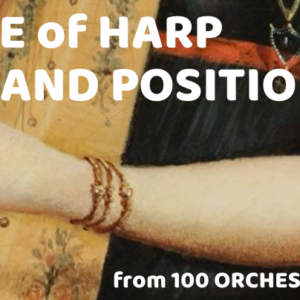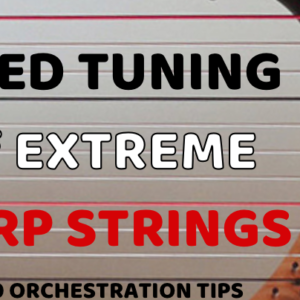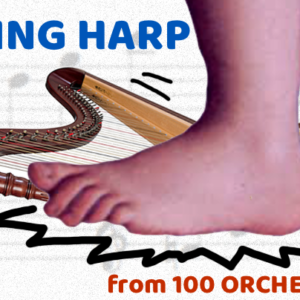Harp – BAD SCORING – CAUTION!
(Tip no. 70 from “100 Orchestration Tips,” Part 4: Harp) (and if you tl:dr this tip, it’s on your own head) (*ahem*) The harp is NOT a piano! Do not assume what works on a piano will work on harp – much of the time, it won’t! This is the biggest error I see in…
Read more…





